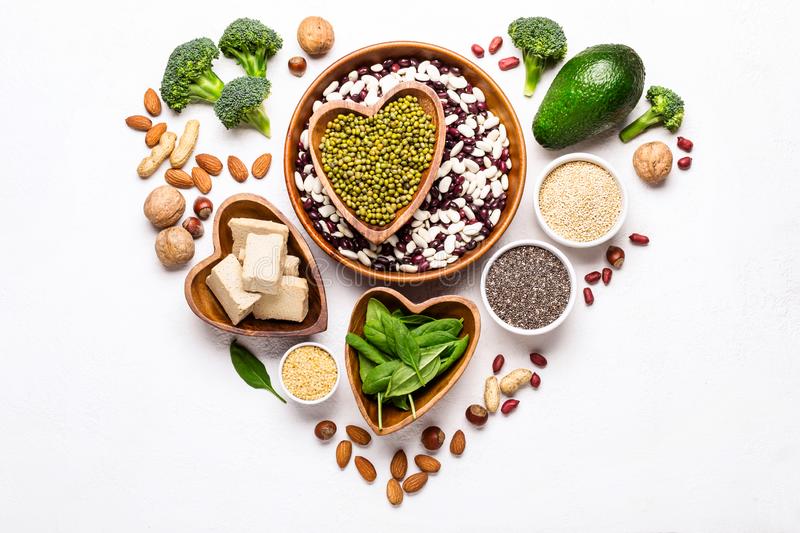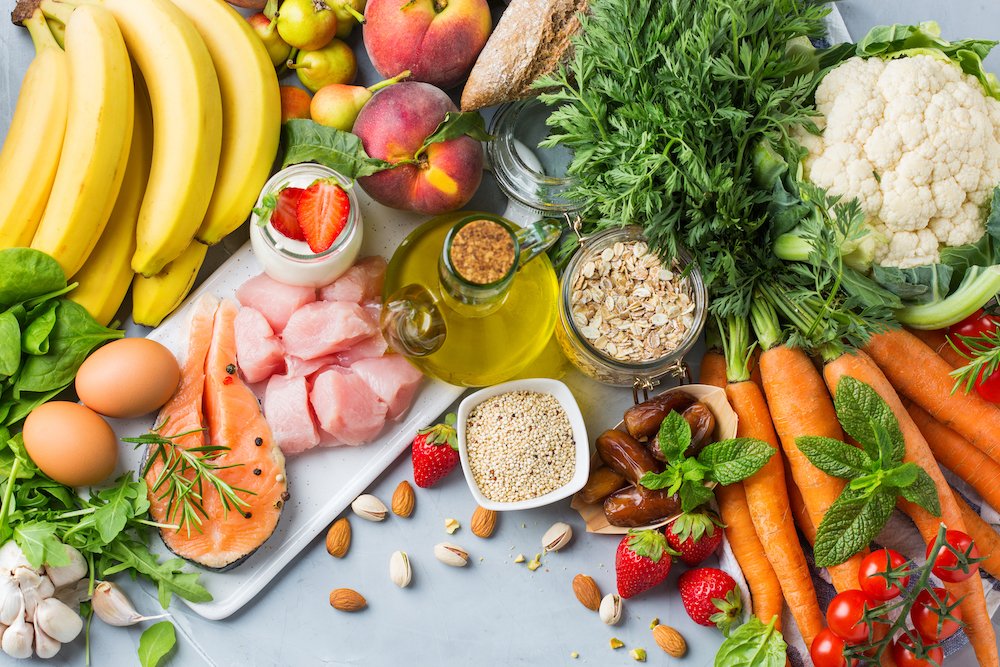
If you have a normal metabolism, a balanced diet is the best choice. This diet includes healthy foods from a variety of sources, including around 20% from protein, 30% from fat and 50% from carbs. Balanced diets are more balanced than many industry-driven ones. They emphasize cool fruits and vegetables, which is a stark contrast to other diets. These foods should be organic, seasonal and local whenever possible.
Hormone balancing regimens may have strict 'do not consume' lists
Hormone balancing diets are something you're probably familiar with. But have you ever thought about whether or not they're worth the hype? While it's true that these plans tend to contain restrictive 'do not eat' lists, they also tend to emphasize anti-inflammatory whole foods and a proper balance of the three main food groups. These diets can include lists of foods that should be avoided but are not supported by solid evidence. Nearly all of these lists will emphasize the importance fiber-rich foods such as fruits and vegetables.
Fermented foods can be a great source of probiotics
A variety of foods contain probiotics. Miso, a fermented soy paste, is used in Japanese cooking. Miso is rich with nutrients, including vitamins E, B, and Folic acid. Natto is a Japanese traditional condiment. It contains probiotic bacteria from multiple strains. It is also high fiber. Natto can support digestive health and improve heart health. It is delicious in salad dressings.
Fruits are a satisfying snack or dessert
Fruits offer a tasty snack or dessert as well as essential vitamins and minerals. They also have fiber, antioxidants, and many other antioxidants. Consume fruits whole to reap the nutritional benefits. Avoid juice. It strips fruits of fiber and makes them sugary. Additionally, juices can cause a spike in blood sugar, which can lead to weight gain.

Vegetables
You can give your body the vitamins, minerals and nutrients it needs by adding vegetables to your diet. Vegetables do not have to be green. They can also come in orange or red and be starchy. They can also be made from beans, tofu, or black beans, and are often a part of the protein group in a balancing diet. They can also go well with a variety foods such as soups and other salads.
For a balanced diet, protein will be essential
It cannot be overemphasized how important protein is. Protein is essential for your body. Your body requires at least 7g of protein per 20-pounds. There are many protein foods in the diet. But not all protein "packages" are created equal. The Healthy Eating Plate recommends choosing foods that are high in protein, such as beans and legumes. Excellent sources of protein include beans, peas, kidney beans and beans. They can replace carbohydrates and other protein sources in your diet, so make sure you include them in your daily meals.
Maintaining stable blood sugar levels and insulin
Diabetes management requires that you balance your diet. However, certain foods can cause blood sugar spikes. These foods include fast-acting sugars and refined carbohydrates. It is best to consult a psychologist, clinical social worker, or psychologist if you feel you may be insulin-resistant. These people can help you to identify stressors as well as help you find new coping strategies. These tips are not enough. You also need to know what foods can spike blood sugar and how to prepare them. It is important to eat high-fiber and high-protein foods at every meal.
Choosing grains
Many people don’t realize the health benefits of whole grain. You have many options to get the right nutrients and fibre. You can choose from whole-grain breads and cereals to lower-fibre options for breakfast cereals. The health benefits of whole grains are well-known for their fiber content. Refined grain products, however, are not as beneficial for your health. To learn more about the best choices of grains for your diet, consult your Nutritional Therapist.

FAQ
Is Cardio Better Than Strength Training?
Both are equally beneficial. However, cardio is more effective if you're looking to bulk up faster.
Cardio burns more calories per hour than strength training, and also burns more fat.
Strength training increases muscle mass but takes more time than cardio.
What is a good 7-day workout schedule?
A seven-day program should include three days of cardio training (running, biking and swimming), two strength exercise (using free weights or weight machines) and one flexibility/core work out (yoga, Pilates). It's essential to do each activity at least once a week. Each session should last no more than 45 minutes.
Cardiovascular Exercise: Running/Biking/Swimming
Aim to do at least 60 minutes per week of cardio. Aim for 75 minutes per week to get the best results. Cardio exercises can be used to increase blood flow, stimulate muscle growth, and improve blood circulation.
Strength Training
While cardio exercises target the heart and lungs, strength training targets the muscles and bones. Strength training is a great way to build lean muscle mass that helps you burn calories even if you are not actively exercising.
Flexibility & Core Workouts
Core and flexibility exercises are great ways of strengthening your whole body. Both yoga or Pilates are great options.
Are Cardio exercises good or bad for your health?
Cardiovascular exercise is a great way to improve your cardiovascular health. It improves blood flow, strengthens your heart muscle and increases stamina.
Cardiovascular exercise includes running, biking, hiking, swimming, tennis, basketball, soccer, volleyball, football, etc.
It is important that cardio exercises are not performed at high intensities. This could cause injury.
You should only perform the cardiovascular exercise if you are feeling well.
You should never push yourself beyond your limits. In this way, you may injure or even kill yourself.
When you engage in cardiovascular exercise, it is best to warm up first. Next, increase your intensity gradually.
Remember, you should always listen to your body. You should stop immediately if you feel any pain while doing cardiovascular exercise.
After a cardio workout, it is a good idea to take a break. This gives your muscles the chance to heal.
Cardiovascular exercise is a great way to lose weight.
It is the best way for you to lose calories and decrease belly fat.
Do Men Need A Gym Membership?
For men, a membership to a gym is not required. However, your money will be more valuable if you join a gym.
Many gyms offer free trial memberships so you can try the facilities out before paying for anything.
The gym is free to use whenever you wish, and there are no fees. You can cancel or modify your membership anytime you feel you don't like it.
Is it true, that too much protein can cause kidney stones?
Protein helps to maintain healthy bones, tissue, and skin. Over-consuming protein can result in calcium being excreted through the kidneys. In turn, this can result in kidney stones.
It's important to note that not everyone gets kidney stones after eating more than 2 grams of protein per kilogram (2.2 pounds) of body weight. High amounts of protein can be consumed by some people without causing kidney stones.
Your sodium intake can prevent kidney stone formation. Sodium is important for maintaining the body's water balance. Too much sodium can lead to kidney stones.
You can also reduce your intake of proteins if you develop kidney stones. About half of adults' daily caloric intake is made up of protein. A reduction in protein intake will likely result in weight loss.
If you do decide to eat more protein, don't go overboard. Do not eat more than 20% of your daily calories from protein.
Statistics
- 10 pounds in a month is likely during a lean bulking phase, especially for beginners. (muscleandstrength.com)
- An estimated calorie range for moderately active adult males falls between 2,200 to 2,800 calories per day, depending on age. (eatright.org)
- According to the American Heart Association, blood pressure should be checked at least once every two years, beginning at age 20. (my.clevelandclinic.org)
- According to the American Academy of Dermatology (AAD), men over 50 are at a heightened risk of developing it. (healthline.com)
- Are You One of the 20% of Guys (mh.co.za)
External Links
How To
Which food is the most healthy for men?
Five servings of fruit and vegetables should be consumed daily by men. They must also avoid red meat and fast food.
Fruits and vegetables are high in antioxidants which help prevent cancer, heart disease, and other diseases.
Vegetables include broccoli, cauliflower, carrots, spinach, tomatoes, peppers, cucumbers, lettuce, mushrooms, etc.
Also, beans and peas are rich in protein and fiber.
A great source of omega-3 fatty acid is nuts and seeds. Omega-3 fatty acid is essential for the brain and hormone production.
Another good source of omega-3s is fish. The mercury in fish is higher than that of most meats. However, fish liver oil does contain fewer toxins.
For normal growth and development, Omega-6s are required in vegetable oils such as soybean, sunflower, safflower and cottonseed oils.
Poultry is a good source for lean protein. The best meat to eat is chicken breast.
Lean beef is low on saturated fats, cholesterol, and other harmful substances. However, you should avoid eating too much red meat because too much iron may increase your risk of prostate cancer.
Avoid sausages and hot dog. These have added nitrates which can be carcinogenic.
It's obvious that exercise is vital for your overall health. What if you already exercise regularly? Is there something you can do to improve your physical condition or keep it that way?
Yes! There are many things you can do to get the best out of your workouts. Here are some tips on how to maximize your workout:
Start slowly. It is possible to injure your self if you push too hard during your first session. You can start slowly increasing your intensity by starting at a comfortable pace.
Before and after. Stretching helps loosen tight muscles, reduce muscle soreness, and improve flexibility. Stretching can take place standing, sitting, or lying down.
Cool down. This is especially important if you're doing cardio exercises. It is important that your body has time to recover from each session so it doesn’t become exhausting. Take deep, slow breaths to cool down.
Hydrate. Drinking lots of fluids can keep you hydrated, and help reduce muscle cramps. Water is the best drink, but sports drinks are also good.
Be healthy. You should eat enough calories every day. You will be more focused and energized if you eat regular meals throughout your day.
Get enough rest. When you get enough sleep, you'll feel refreshed and ready for your next workout. You must also get adequate sleep to heal damaged tissues.